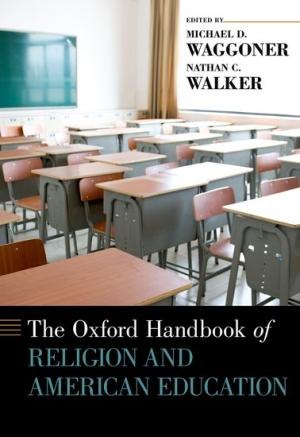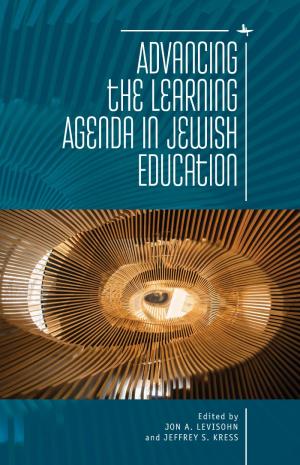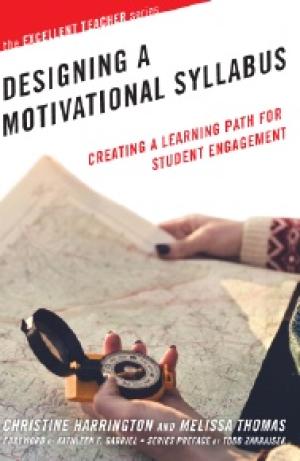Resources
A 2017 course by Steve Lawler at Eden Theological Seminary "focuses on key elements of management and how these support effective leadership and organizational success."
A 2017 course by Regina Wentzel Wolfe at Catholic Theological Union "explores the responsibility those called to ministry have to provide effective administrative and managerial leadership whether they serve in increasingly complex parishes, religious congregations, diocesan offices, or other Church related organizations. The course gives particular attention to the theological and ethical foundations of pastoral leadership as well as management theory and practice, communications and marketing skills, fundamental principles of human resource management, and basic budgeting and financial management skills. It also examines best practices in compliance and organizational ethics with emphasis on mission integration and ongoing professional development of staff."
A course by Angie Jackson at Central Baptist Theological Seminary seeks to "equip learners for financial wellbeing: practicing thoughtful and intentional money management that facilitates personal contentment, reflects faith in Jesus Christ, and demonstrates commitment to Christian vocation."
A 2017 course by Mary Elizabeth Moore, Pamela Lightsey, and Bryan Stone aquaints students "with principles, practices, and tools for wise financial management in their personal and professional lives and from within a theological framework of stewardship."
A 2017 course by Allan Rudy-Froese at Anabaptist Mennonite Biblical Seminary asks students to consider "the values related to money in the communities that have shaped them; think through their beliefs about money biblically and theologically; evaluate their current money practices in light of their faith, and develop a money-related practice to pursue throughout the course."
A 2015 course by Malinda Elizabeth Berry at Anabaptist Mennonite Biblical Seminary explores "various perspectives on the meaning of justice, economic 'development' in the global village, economic systems and theories, economics and ecology, business ethics, economics in the church, and economic faithfulness for individual Christians."
A course by Michael Satlow at Brown University asks about the Mishnah, "Why was it compiled? Who was its intended audience and what was its function? What are its antecedents?"

From the founding of Harvard College in 1636 as a mission for training young clergy to the landmark 1968 Supreme Court decision in Epperson v. Arkansas, which struck down the state's ban on teaching evolution in schools, religion and education in the United States have been inextricably linked. Still today new fights emerge over the rights and limitations of religion in the classroom. The Oxford Handbook of Religion and American Education brings together preeminent scholars from the fields of religion, education, law, and political science to craft a comprehensive survey and assessment of the study of religion and education in the United States. The essays in the first part develop six distinct conceptual lenses through which to view American education, including Privatism, Secularism, Pluralism, Religious Literacy, Religious Liberty, and Democracy. The following four parts expand on these concepts in a diverse range of educational frames: public schools, faith-based K-12 education, higher education, and lifespan faith development. Designed for a diverse and interdisciplinary audience, this addition to the Oxford Handbook series sets for itself a broad goal of understanding the place of religion and education in a modern democracy. (From the Publisher)

Jewish educational projects and programs are thriving, attracting philanthropic support for exciting and creative approaches in every sector and setting. But underneath that energy, we are not as clear as we ought to be about desired outcomes, the kinds of learning needed to achieve these, and how those kinds of learning actually occur. This volume is the first of its kind to bring together scholars from inside Jewish education and from the learning sciences. It offers a set of critical perspectives on learning, sometimes borrowing models from other domains (such as science) and sometimes examining specific domains within Jewish education (such as havruta learning or the learning of Jewish history). Collectively, these contributions help to advance a smarter, sharper conversation about Jewish learning that matters. (From the Publisher)

Click Here for Book Review A thoughtfully constructed syllabus can be transformative for your students’ learning, communicating the path they can take to succeed. This book demonstrates how, rather than being a mundane document to convey policies, you can construct your syllabus to be a motivating resource that conveys a clear sense of your course’s learning goals, how students can achieve those goals, and makes evident your teaching philosophy and why you have adopted the teaching strategies you will use, such as discussion or group activities. Developing or revising a syllabus also presents you with a perfect opportunity to review the learning possibilities for the semester. Well-designed, it can help you stay focused on achieving the learning outcomes, as well as determine if the class is on track and whether adjustments to the schedule are needed. The authors show how, by adopting a welcoming tone and clearly stating learning outcomes, your syllabus can engage students by explaining the relevance of your course to their studies, create an all-important positive first impression of you as an instructor, and guide students through the resources you will be using, the assignments ahead, as well as clear guidance on how they will be assessed. Referred to frequently as the course progresses, an effective syllabus will keep students engaged and on task. Christine Harrington and Melissa Thomas lead you through all the elements of a syllabus to help you identify how to present key messages and information about your course, think through the impressions you want to create, and, equally importantly, suggest how you can use layout and elements such as images and charts to make your syllabus visually appealing and easy to navigate. (From the Publisher)
Wabash Center Staff Contact
Sarah Farmer, Ph.D
Associate Director
Wabash Center
farmers@wabash.edu